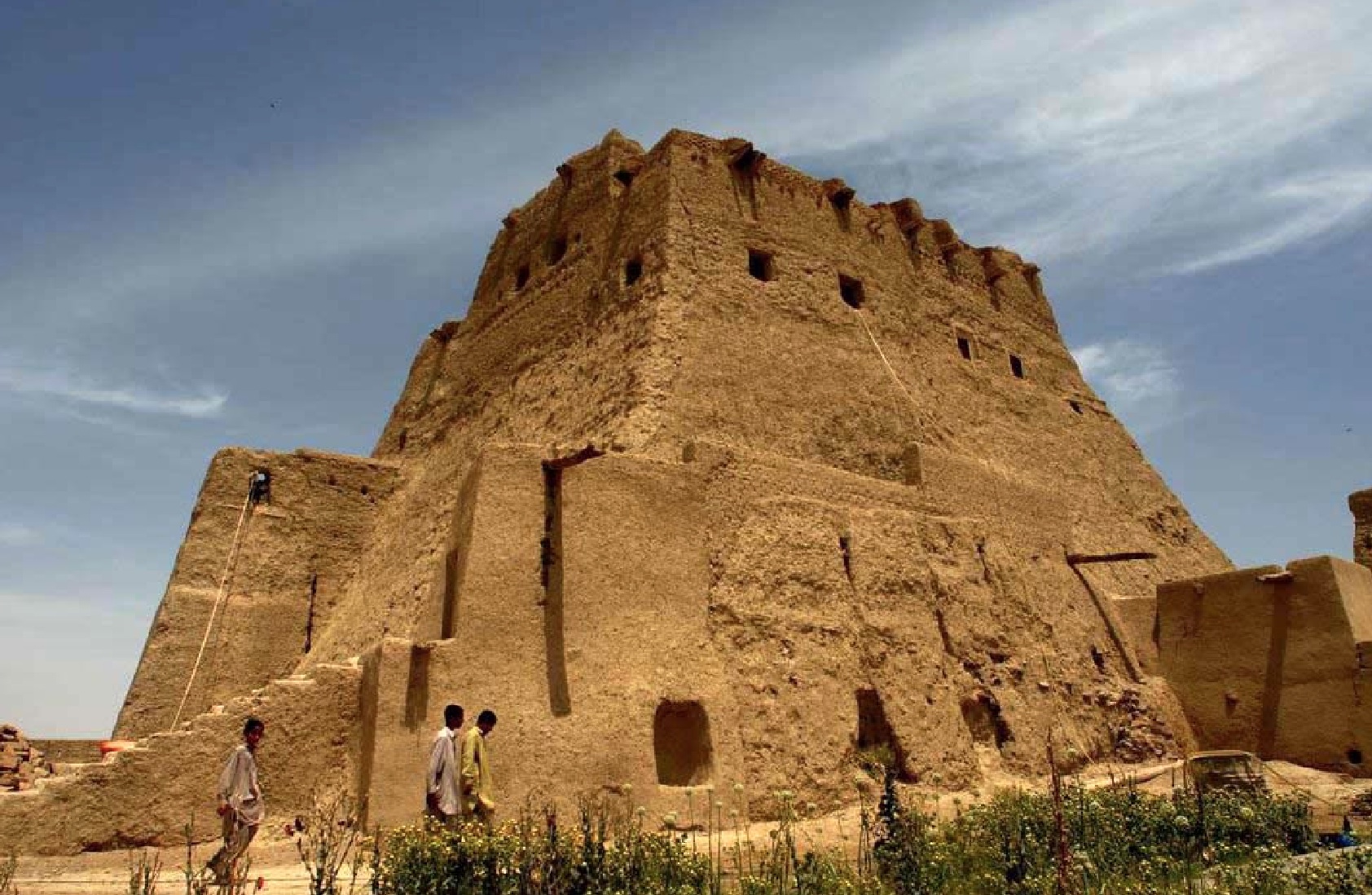The province of Sistan-Baluchestan Province (Sistan is the northern part with Baluchestan the southern portion) is one of Iran’s driest regions. The province’s coastal areas are distinctly humid with some increase in rainfall coming in from the east towards the west. This region is an ancient crossroads that has linked the civilizations the Indus Valley with those of West Asia.
Seb Castle (situated in a village also named “Seb“) was a key military stronghold during the Qajar dynasty (1789-1925), vital for observation of Iran’s southeast borderlands. The origins of the castle however may date back to the Safavid dynasty (1501-1736), or possibly earlier.
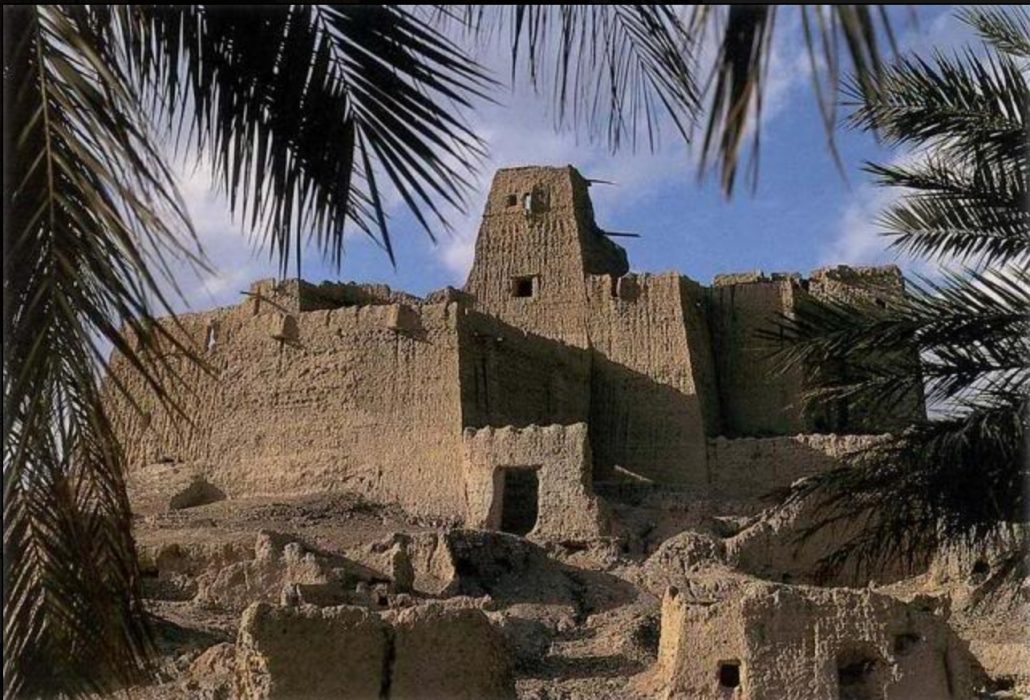
Seb Castle stands at a height of 23 meters, and is a key tourist attraction in Iran’s Sistan-Baluchestan province (Source: Historical Iran).
Built of clay and mortar Seb castle is noticeably robust. It’s builders also used a local plant seed with adhesive qualities to further enhance its architectural resilience. In a sense, the builders had studied local foliage to see which of these would make the best (and long-lasting) cement.
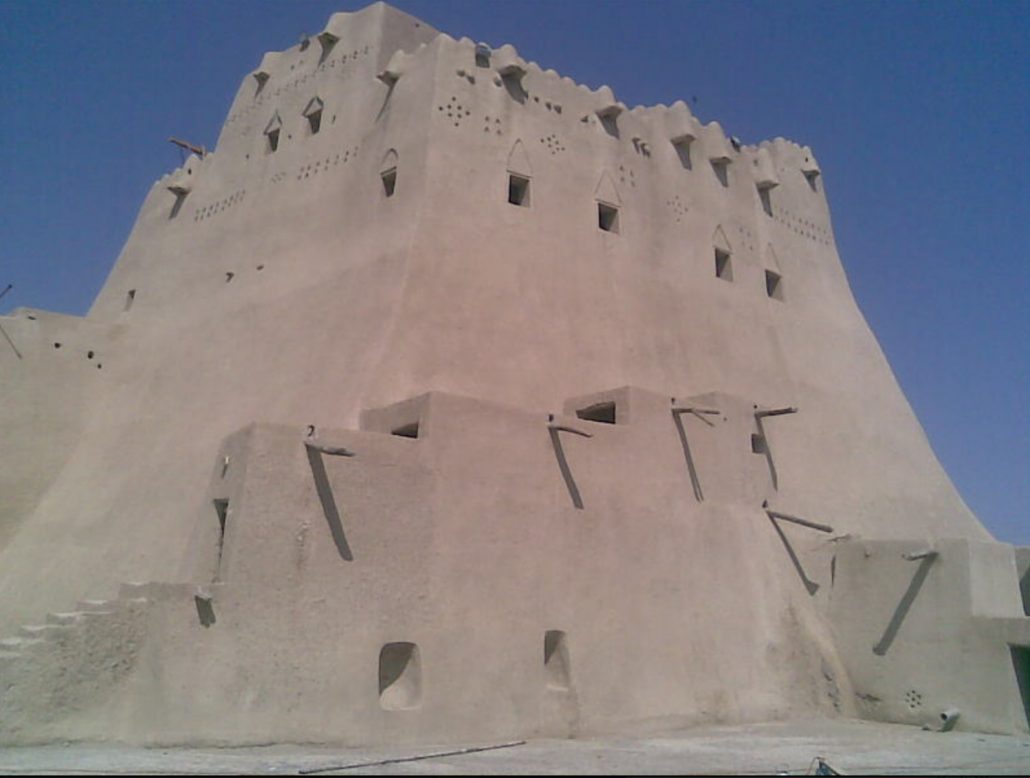
Seb is believed to have been renovated (a minimum of) three times over time, alongside other intermittent additions to the structure (Source: Historical Iran).
Another unique architectural innovation used by the builders of Seb castle was the use of palm trees. Specifically, slabs of wood were cut according to architectural specifications to further strengthen the castle’s structure. The palm tree wood helps absorb the local ground’s low-level seismic vibration activity. This has done much to prevent the structure from gradually deteriorating over time, and collapsing.
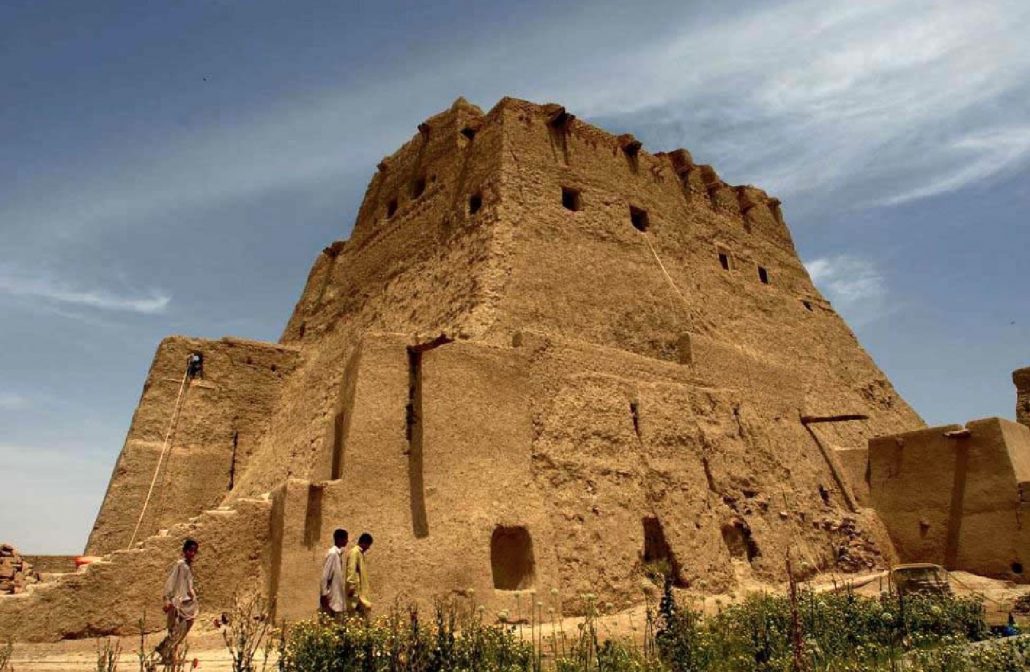
Seb’s primary structure stands on the top of a short rocky cliff (Source: Tehran Times). This freed the architects from having to construct a base-foundation for the castle.
Despite its relatively small size, Seb Castle by the Qajar era had become a strategic location and was used as a base to help govern towns such as Paskooh, Gasht, Zaboli and Soran. The castle for example, had been used as base for Qajar armies in 1878 to maintain the central government’s authority in the region.
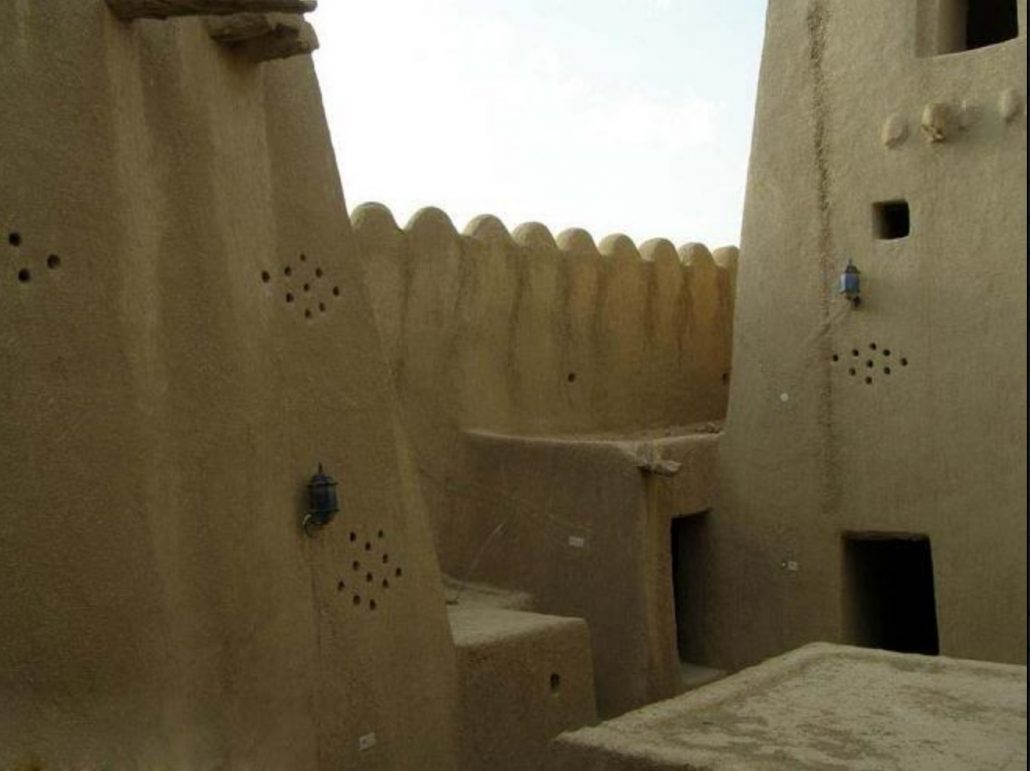
A View of the interior of Seb castle (Source: Historical Iran). Seb Castle’s rectangular base measures at 36 x 25 meters.

